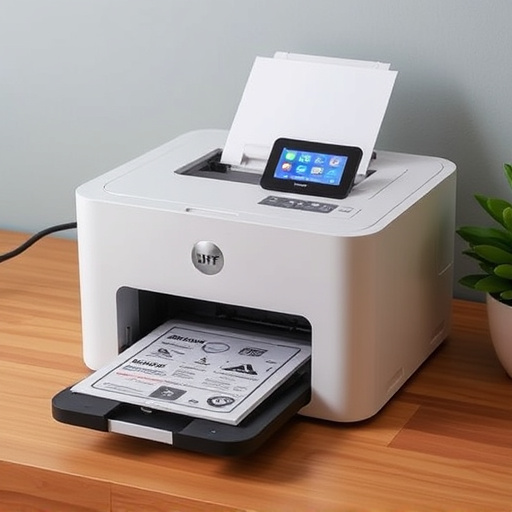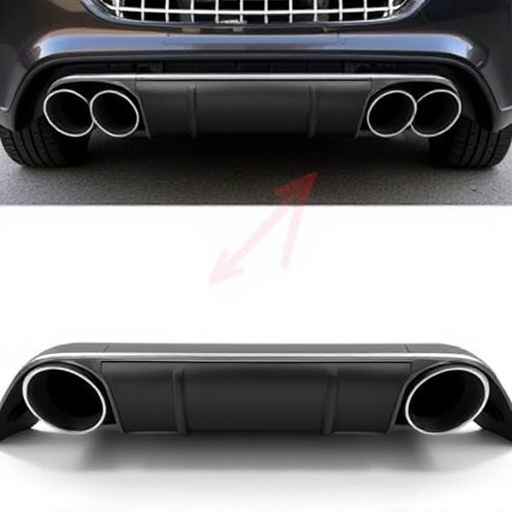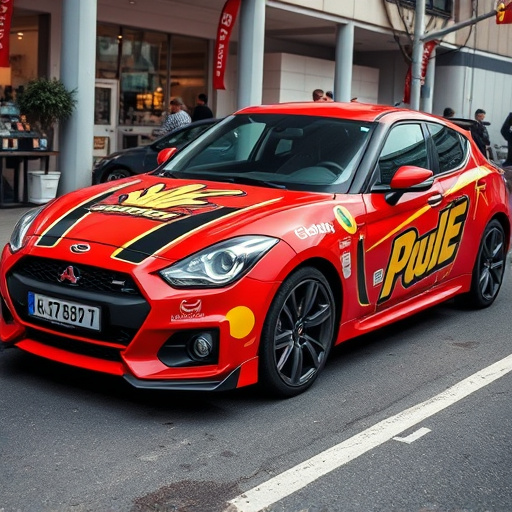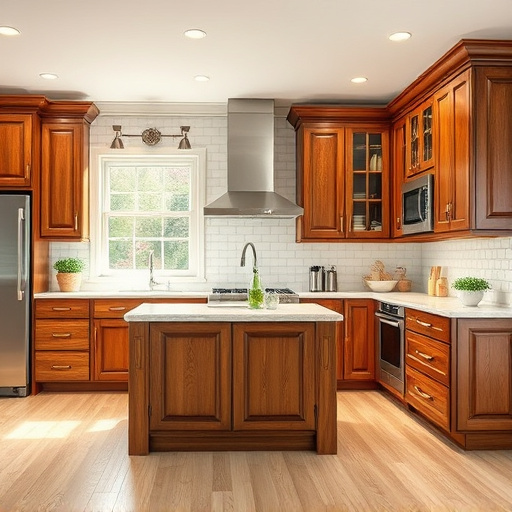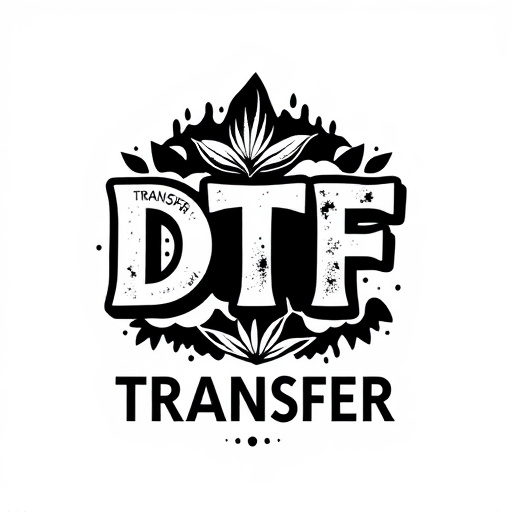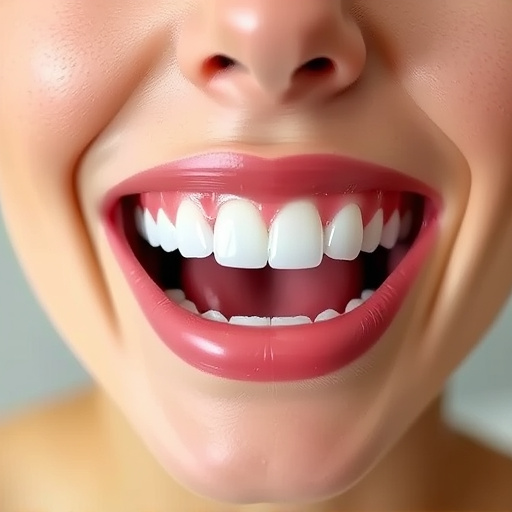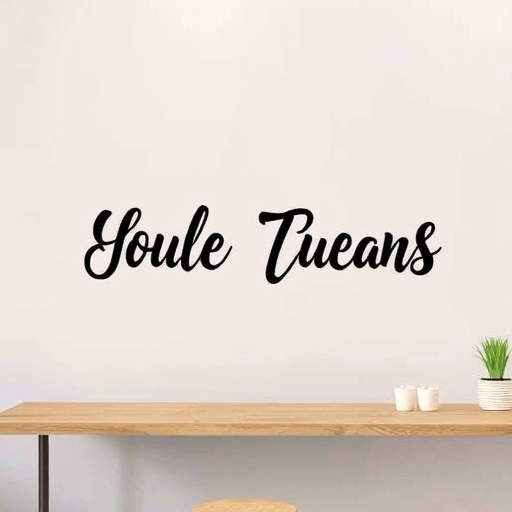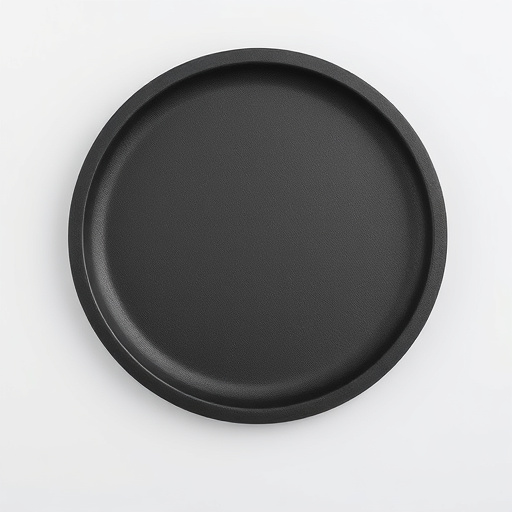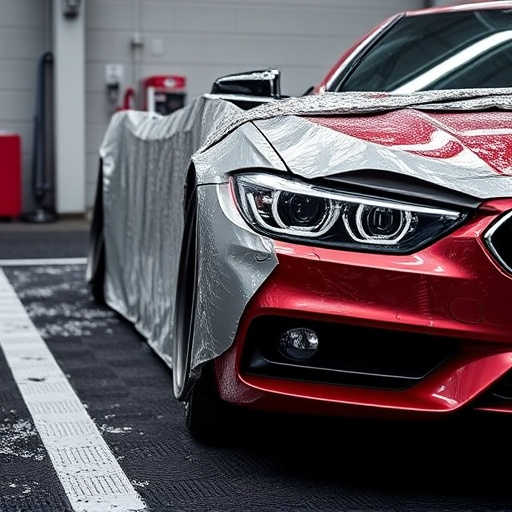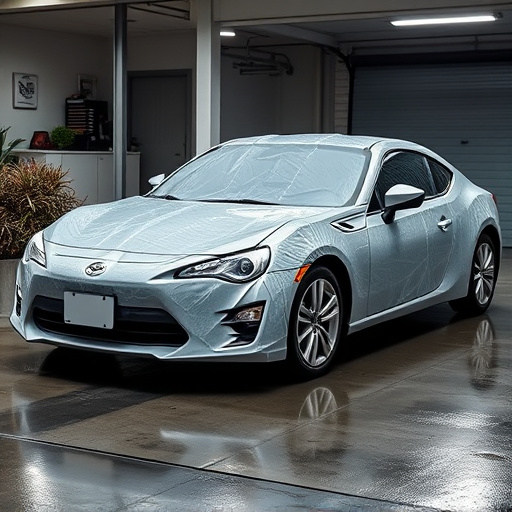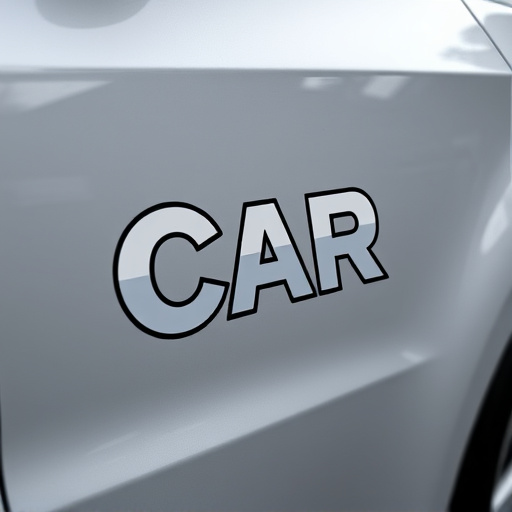Visual consistency in marketing materials design is a powerful strategy that enhances brand identity and customer engagement. By maintaining unified aesthetics across digital and print media, brands create a cohesive look with consistent color schemes, fonts, imagery, and layout styles. This approach fosters trust and recognition, leaving a lasting impression in competitive markets. Custom graphics further strengthen brand identity, solidifying the company's credibility among consumers seeking top-tier services.
Visual consistency is a powerful tool for marketers, playing a pivotal role in establishing and strengthening brand identity. In an age where consumers are bombarded with endless choices, visually consistent marketing materials stand out, creating a lasting impression. This article explores why maintaining visual harmony across designs is essential. We delve into how it enhances customer engagement, builds trust, and solidifies your brand’s presence in the market, ultimately driving effective marketing materials design strategies.
- Understanding Visual Consistency: The Cornerstone of Brand Identity
- Enhancing Customer Engagement: How Visual Consistency Captivates Audiences
- Building Trust and Credibility: The Role of Visual Consistency in Marketing Materials Design
Understanding Visual Consistency: The Cornerstone of Brand Identity
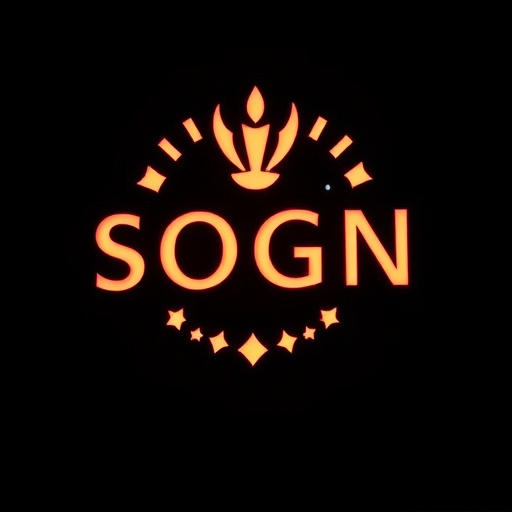
Visual consistency is a fundamental aspect of marketing materials design that cannot be overlooked. It refers to maintaining a unified visual language across all brand touchpoints, from websites and social media to print materials and product packaging. In the context of marketing materials design, this means using consistent colors, fonts, imagery, and layout styles to create a cohesive and recognizable brand identity.
When consumers encounter visually consistent branding, it reinforces their perception of professionalism and trustworthiness. For instance, think of well-designed window tinting or professional PPF (Paint Protection Film) installation promotions where every element aligns with the brand’s visual aesthetics. Similarly, vinyl wraps for vehicles, when executed with visual consistency, become moving billboards that enhance brand visibility. This consistency acts as a powerful tool to create a lasting impression, encourage brand recall, and differentiate a company from its competitors in a crowded market.
Enhancing Customer Engagement: How Visual Consistency Captivates Audiences
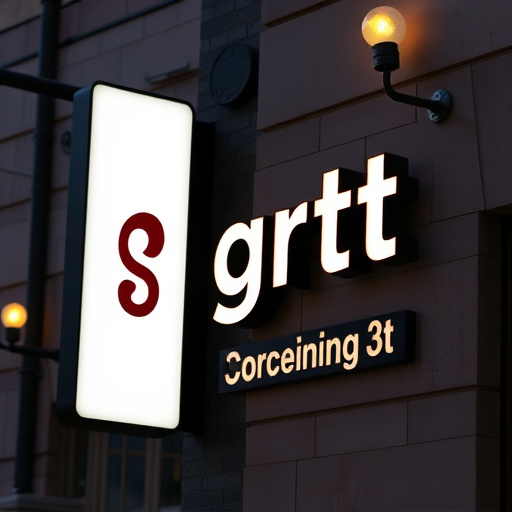
Visual consistency in marketing materials design is a powerful tool to enhance customer engagement. When all elements—from logos and color palettes to typography and imagery—align seamlessly, it creates a unified brand identity that captivates audiences. This coherence builds trust and recognition, encouraging viewers to interact with the content more deeply. For instance, think of a well-designed brochure featuring custom graphics that complement a brand’s aesthetic, along with ceramic window tinting and high-quality finishes on promotional items. Such visual consistency not only makes the marketing collateral aesthetically pleasing but also reinforces the brand’s message, fostering a stronger connection with potential customers.
By maintaining this consistency across various platforms and touchpoints, brands can create an immersive experience that resonates with their target audience. It encourages viewers to explore further, increasing the likelihood of conversion or loyalty. In today’s competitive market, where consumers are constantly bombarded with choices, visual consistency stands out as a unique selling point, ensuring that a brand remains memorable and engaging.
Building Trust and Credibility: The Role of Visual Consistency in Marketing Materials Design
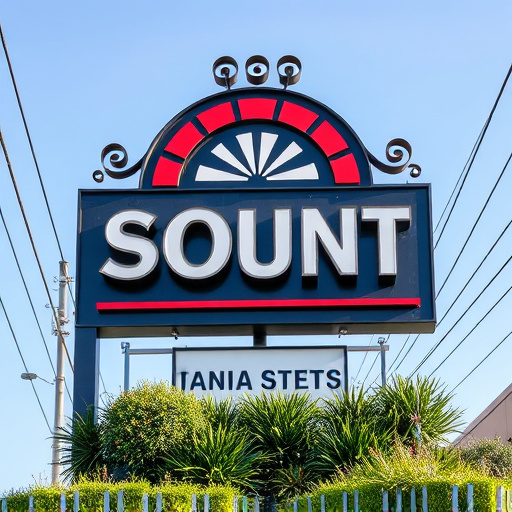
In the realm of marketing materials design, visual consistency is a powerful tool to build trust and credibility with your audience. When every element—from logos to color schemes—aligns across various platforms, it creates a sense of familiarity and reliability. This is particularly crucial in competitive markets where brands strive to leave a lasting impression. For instance, consider vehicle wraps as a marketing strategy; their impactful visuals can turn ordinary cars into rolling billboards, enhancing brand visibility. However, for such tactics to be effective, they must maintain visual consistency with the overall branding, ensuring that every “premium automotive service” promotion reinforces the brand’s identity rather than confusing customers.
Custom graphics, when designed with visual consistency in mind, play a significant role in fostering brand recognition. They add personality and distinctiveness to marketing materials, making them more engaging. By maintaining a consistent aesthetic, brands can create a cohesive narrative that resonates with their target audience. This approach ensures that every interaction with the brand, from social media posts to promotional vehicles, leaves a lasting impression, thereby solidifying the company’s credibility in the minds of consumers seeking top-tier services.
Visual consistency in marketing materials design is not just an aesthetic choice; it’s a powerful strategy that strengthens brand identity, fosters customer engagement, and establishes trust. By maintaining a unified visual language across all touchpoints, businesses create a recognizable and memorable experience for their audiences. This, in turn, enhances brand credibility and encourages long-term customer relationships, making visual consistency an indispensable element in any successful marketing campaign centered around effective marketing materials design.
